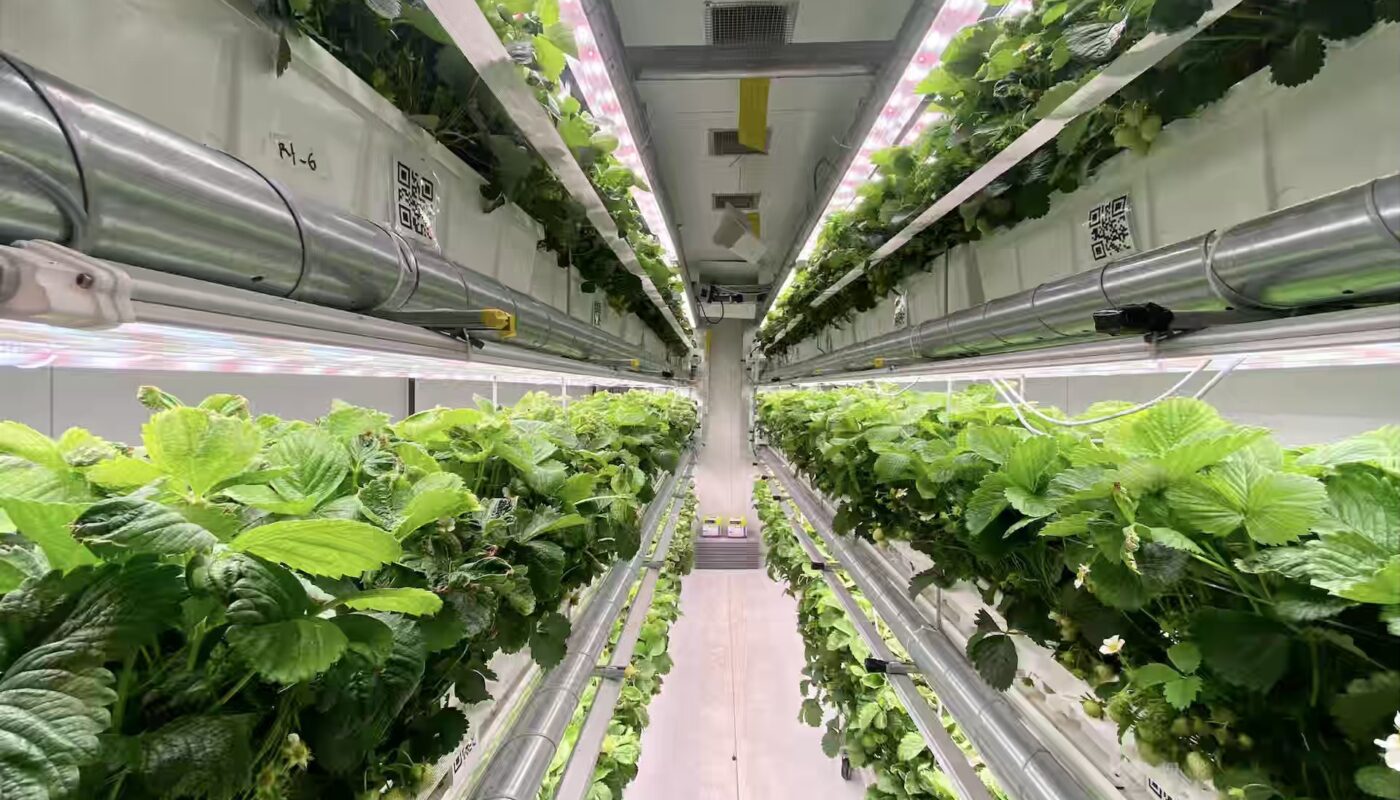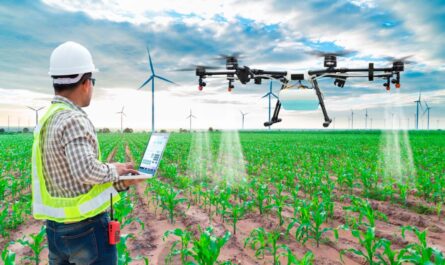The Vertical Farming Market is estimated to be valued at US$ 11.55 billion in 2023 and is expected to exhibit a CAGR of 10.30% over the forecast period 2023 to 2030, as highlighted in a new report published by Coherent Market Insights.
Market Overview:
Vertical farming involves the cultivation of crops in vertically stacked layers, using hydroponic or aeroponic techniques. This method allows for year-round production of various crops, regardless of weather conditions and limited land availability. Vertical farms utilize LED lighting systems and controlled environment agriculture (CEA) technologies to optimize crop growth and maximize yields. This sustainable and efficient farming practice offers benefits such as reduced water consumption, lower pesticide use, and minimized food waste.
Market Dynamics:
The growth of the vertical farming market is driven by two main factors. Firstly, the increasing Global population and urbanization have led to a higher demand for food, which cannot be met by traditional farming methods. Vertical farming provides a solution by maximizing crop production in limited urban spaces. Secondly, the growing focus on sustainable agriculture practices and the need to reduce the carbon footprint of food production have prompted the adoption of vertical farming. This method significantly reduces water usage and eliminates the need for traditional land cultivation, thus minimizing environmental impact. These drivers are expected to fuel market growth over the forecast period.
SWOT Analysis:
Strengths:
– Vertical farming offers numerous benefits such as increased crop yield, reduced water usage, and year-round production, which are driving its demand in the market.
– The market is witnessing technological advancements, such as the use of LED lighting and automation, which enhance the efficiency and productivity of vertical farming systems.
– Increasing adoption of vertical farming by urban areas, where land availability is limited, further boosts the market growth.
Weaknesses:
– High initial setup costs and operating expenses associated with vertical farming systems act as a barrier to entry for small-scale farmers.
– The requirement of skilled labor and technical expertise for managing vertical farming operations poses a challenge for market growth.
– Dependency on electricity for lighting and climate control systems can increase operational costs and make the farms vulnerable to power disruptions.
Opportunities:
– The growing focus on sustainable agriculture practices and the need for food security is expected to drive the demand for vertical farming in the future.
– Integration of vertical farming with smart city concepts can open up opportunities for partnerships and collaborations to create efficient urban food production systems.
– Expansion of vertical farming into emerging markets, particularly in Asia-Pacific and Latin America, offers untapped growth potential.
Threats:
– Competition from traditional farming methods and other alternative farming techniques, such as greenhouses, may limit the market growth of vertical farming.
– Stringent regulations and licensing requirements for vertical farming operations can create barriers to market entry.
– Disruptions in the supply chain and logistics due to unforeseen events, such as natural disasters or pandemics, can pose threats to the vertical farming market.
Key Takeaways:
The Global Vertical Farming Market Demand is expected to witness high growth, exhibiting a CAGR of 10.30% over the forecast period, due to increasing adoption of sustainable agriculture practices and the need for food security.
In terms of regional analysis, North America is the fastest-growing and dominating region in the market, driven by the presence of key players, technological advancements, and government initiatives to promote vertical farming.
Key players operating in the Vertical Farming Market include Signify Holding (PHILIPS), Aerofarms, Sky Greens, IGS limited, Everlight Electronics Co., Ltd., Freight Farms, Agrilution, American Hydroponics, Urban Crops Solutions, Vertical Farm System, Gronska stadsodling ab, V-Farm, GrowUp Farms Ltd, Vertical Future Ltd, SweGreen, Jones Food Company, InFarm, Agricool, Future Crops, GrowY, and Intelligent Growth Solutions Limited.
*Note:
1. Source: Coherent Market Insights, Public sources, Desk research
2. We have leveraged AI tools to mine information and compile it




